Zirhero products are all designed and manufactured strictly and precisely.
The Indoor Vertical Barley Growing System is an advanced hydroponic solution designed to optimize barley cultivation in any indoor environment. Utilizing a vertical farming design, this system maximizes space while providing the perfect conditions for barley growth year-round. Equipped with automatic climate control, precise nutrient delivery, and energy-efficient LED grow lights, it ensures rapid and healthy barley seedling growth with minimal effort.
Ideal for urban farmers, greenhouse operators, or hobbyists looking to grow their own barley indoors, this system offers a sustainable and resource-efficient method of cultivation. The Indoor Vertical Barley Growing System reduces water usage by up to 90% compared to traditional soil-based methods, while also eliminating the risks associated with pests and diseases, ensuring a cleaner, more reliable crop.
Whether you’re growing barley for food, forage, or research purposes, this system provides you with the flexibility, control, and efficiency needed to produce high-quality crops in any indoor setting. Experience faster germination, stronger seedlings, and higher yields with the Indoor Vertical Barley Growing System.
Ready to grow your own barley indoors? Start cultivating today with this innovative, space-saving hydroponic solution.
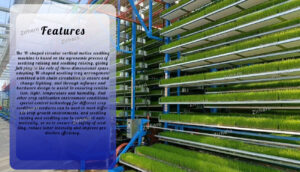
The driving end is designed with a hanging basket reversing loading and unloading operation platform. Driven by frequency conversion power, the sown seed seedling tray is knocked into the hanging basket in an orderly manner. The hanging basket with the seedling tray once followed the sprocket and the chain is lifted. The chains move linearly with the guide small sprockets in the horizontal section to ensure the safe and stable operation of the seedling tray hanging baskets to the operating end for loading and unloading the seedlings. Driven by power, the seedling hanging baskets circulate in the W-shaped circular vertical motive machine.
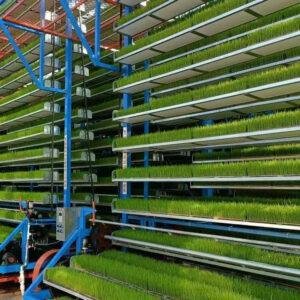
The W-shaped circular vertical motive seedling machine is based on the agronomic process of seedling raising and seedling raising, giving full play to the role of three-dimensional space, adopting W-shaped seedling tray arrangement combined with chain circulation to ensure and change lighting, and through software and hardware design to assist in ensuring ventilation, light, temperature and humidity, And other crop cultivation environment conditions, special control technology for different crop seedling procedures can be used to meet different crop growth environments, and seedling raising and seedling can be completed automatically, so as to ensure the safety of seedling, reduce labor intensity and improve production efficiency.
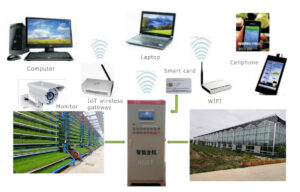
A circular vertical barley seedling growing system is an innovative and space-efficient solution for growing barley seedlings. Here’s how it can integrate organic soil and hydroponic systems with a fertilizer system in a greenhouse:

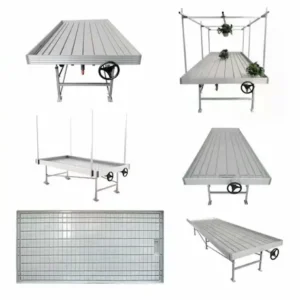
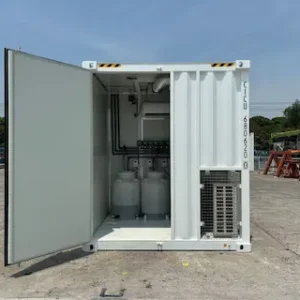
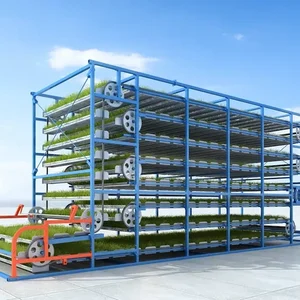



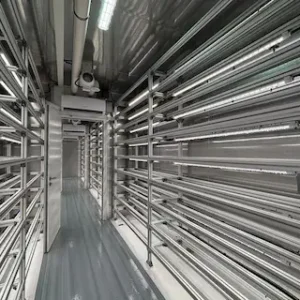





We will contact you within 1 working day, please pay attention to the email with address “[email protected]”.